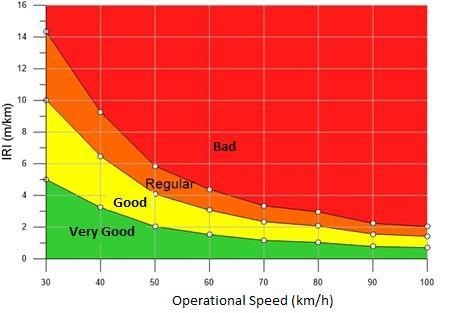Unsealed Road Maintenance & Construction
The Mid Murray Council is responsible in managing and maintaining 2,714km of sheeted and formed unsealed roads.
Mid Murray Council has the second largest road network in the state and the unsealed road network provides a critical role in supporting and connecting the local economy and rural communities. The roads serve the community in a wide range of ways, such as:
- Rural residential access
- Commodity and general freight routes
- Paddock and farm gate access
- Minor community access
The below are important definitions to understanding the maintenance and construction demands of an unsealed road network.
Patrol Grading
Unsealed roads can suffer damage due to wet and/or dry weather conditions, traffic type, traffic volume and traffic speed. Grading is an important part of preventative maintenance and improves the quality, drivability and longevity of a road. Council have three patrol graders, two of which work on a seven day roster, that continually work to maintain the condition of unsealed roads in the Southern, Central and Northern regions. The purpose of grading is to maintain the road shape/drainage and improve smoothness but not change its overall structure.
Rip and Relay
In some instances, in addition to grading, there remains enough material available on the road surface to reform the road. This is done by ripping up the top layer, shaping and then compacting it and extending the lifespan of the road before a full resurfacing is required.
Patching
An unsealed road surface can wear unevenly or have isolated degradation through weather and occasionally some sections of road need additional material applied to certain sections to ensure the surface remains even.
Road Conditions
Changing Road Conditions
Over time, unsealed roads become corrugated, potholed, rough, slippery, muddy and/or dusty. All of these are normal and unavoidable conditions that change often, and drivers must remain vigilant when driving on unsealed roads; i.e. travel at lower speeds and expect the unexpected.
It is also important to note that road conditions change after grading; unsealed roads are often more slippery after they have been graded than they were before grading occurred. During dry periods, grading tends to spread loose gravel over the road and in wet conditions, until the road surface has formed a dense crust, moisture can penetrate the gravel layer.
What You Can Do to Help
1. Slow down. Although the default speed limit on many rural roads is 100km, this does not mean the road conditions suit driving at this speed. Travelling too quickly on unsealed roads causes more dust, potholes and corrugations and will result in a much rougher and uncomfortable drive. Driving comfort is measured through the international roughness index (IRI). The below image shows that with the increase in speed results in the increase in a rough drive, dependent on the roads condition.

2. If possible, keep heavy vehicles off the road when it has been raining. Roads are more vulnerable when saturated and trucks can cause significant damage to a wet road, especially one that has just been graded.
3. Understand the nature of unsealed roads. They will be rough and muddy or dusty at times.
4. Drive to suit the conditions. Drivers are responsible for their own safety and that of other users of the road. If a road is known to be rough or slippery, drive at a speed appropriate to the conditions.
5. Expect the unexpected. Never assume an unsealed road is going to be the same as it was the last time you drove on it, even if it is the same day.
